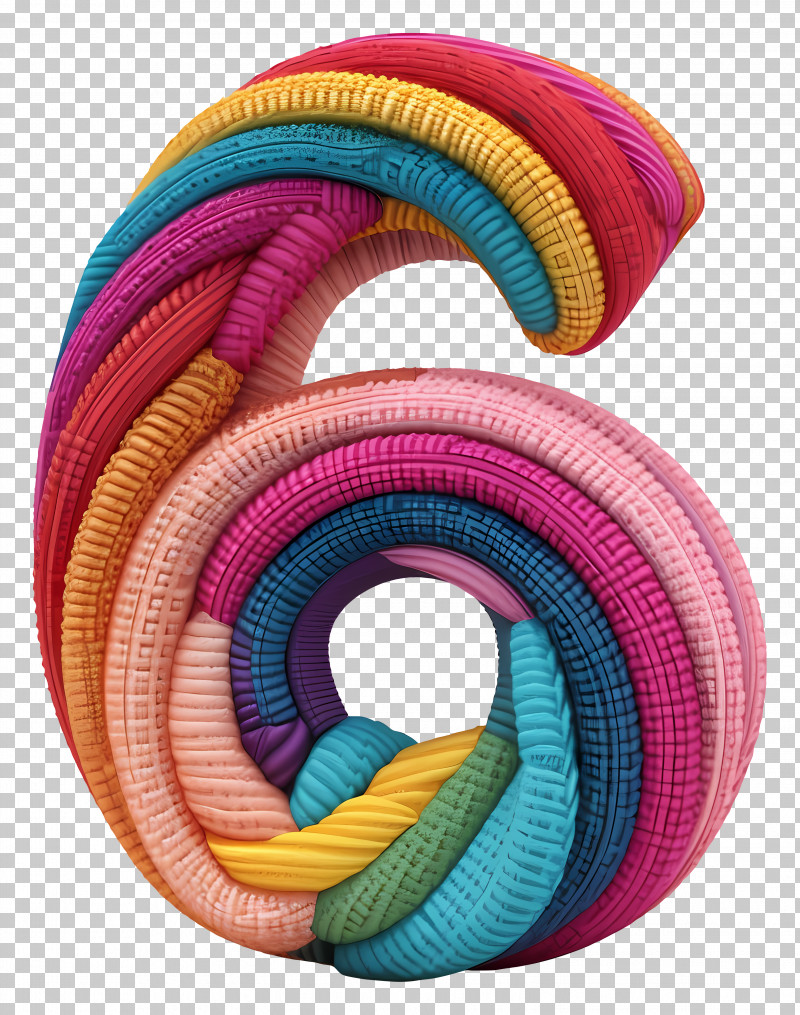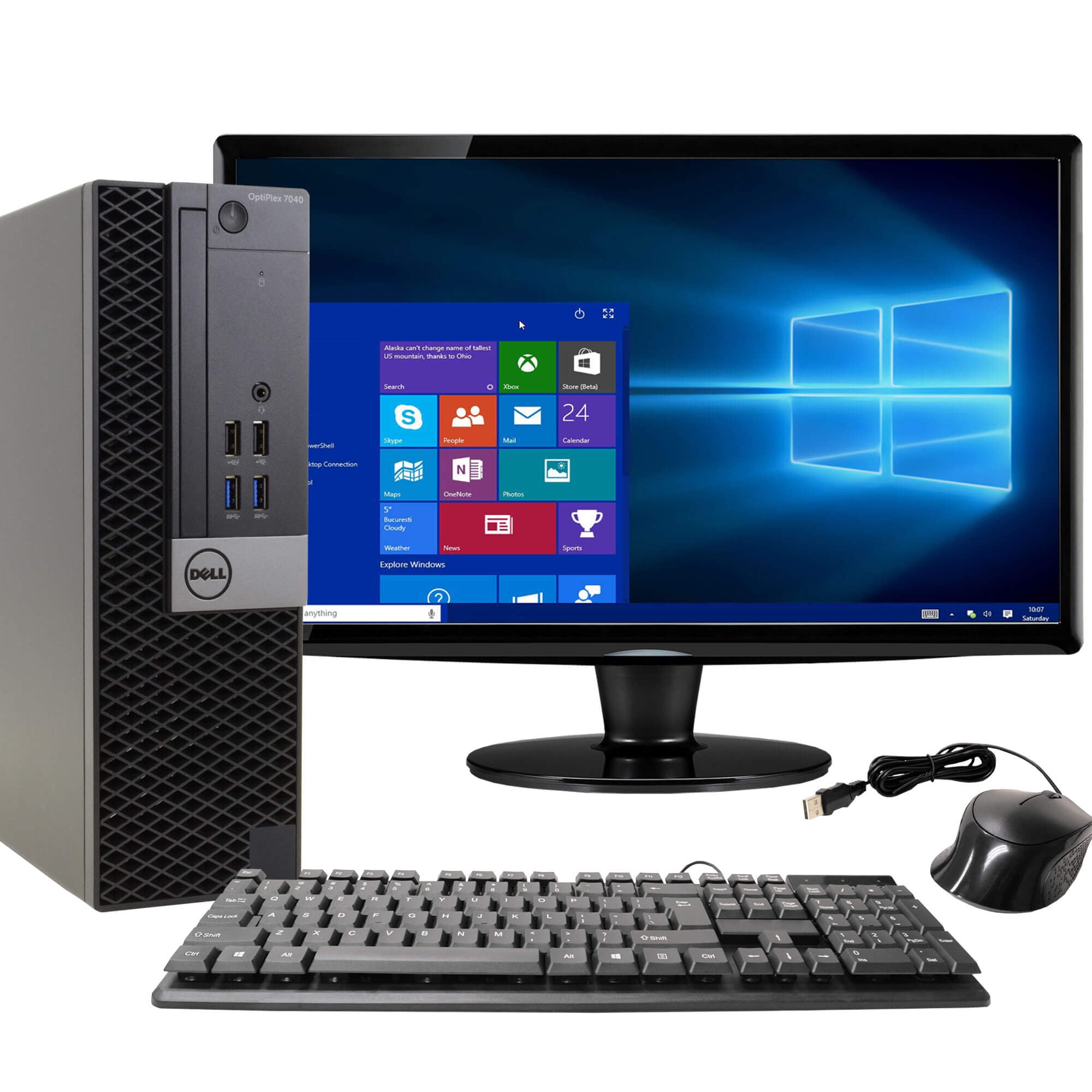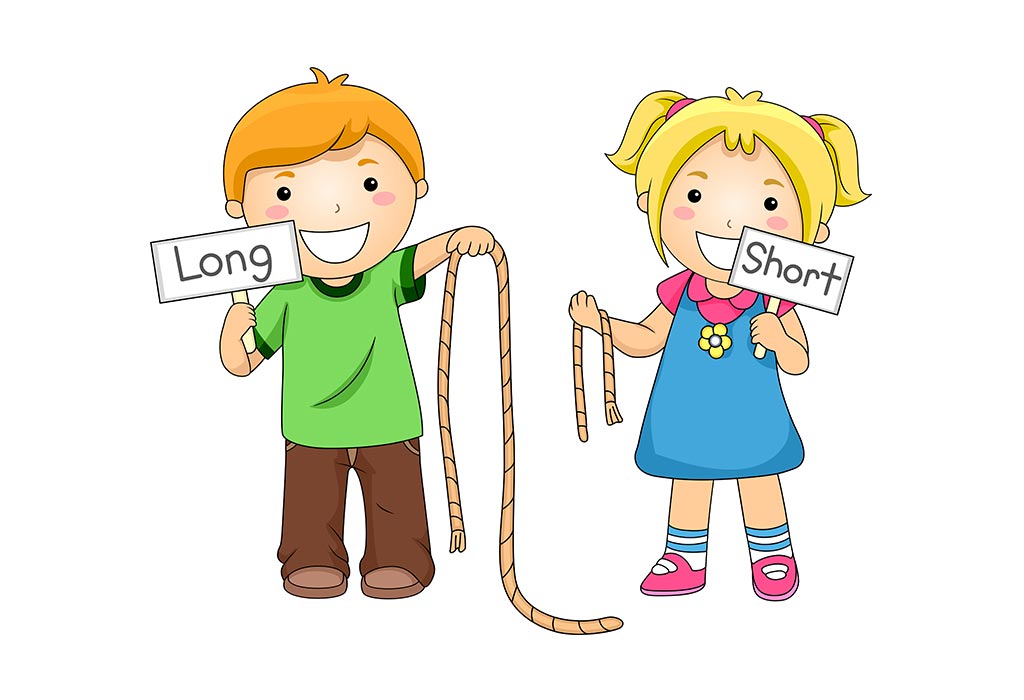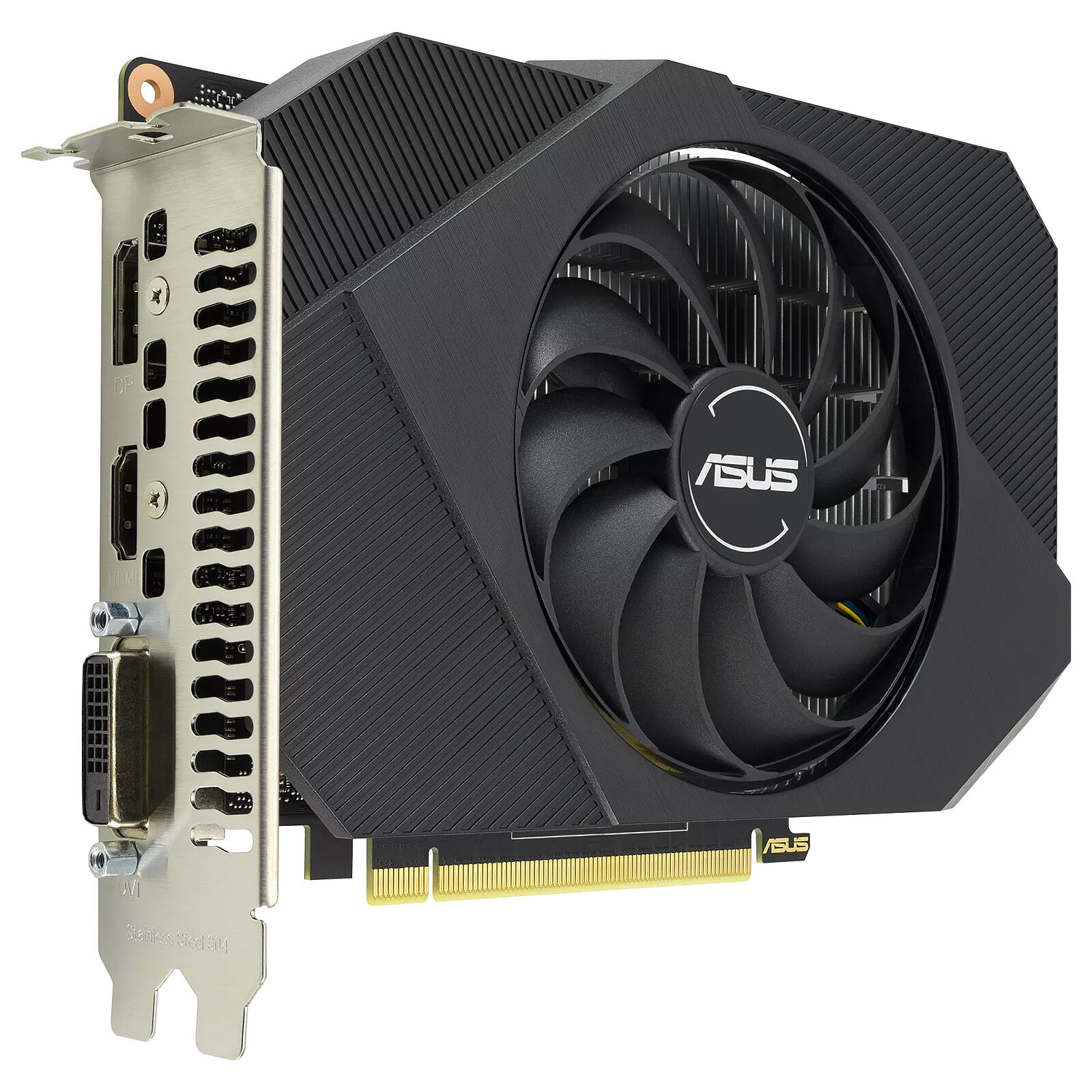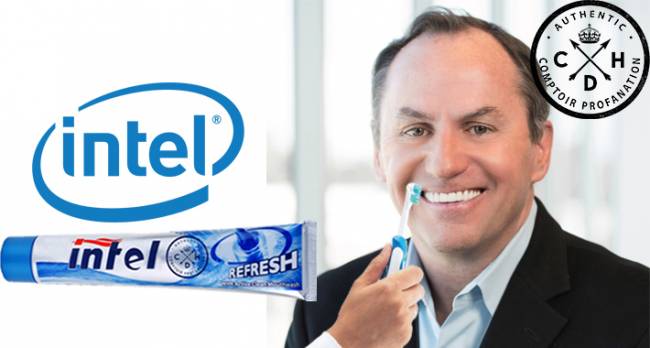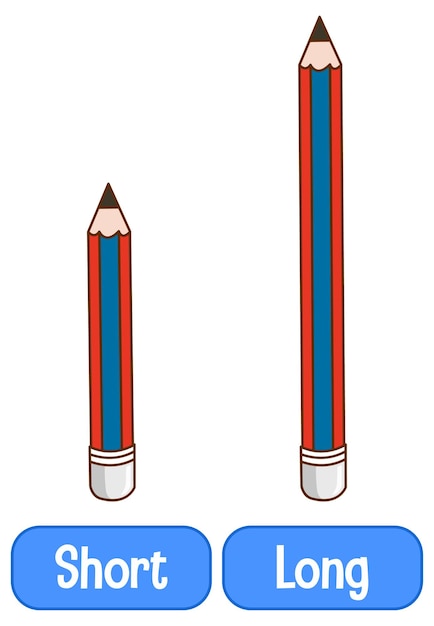When It’s Safe for Pets After You Spray Lysol: Exact Wait Times, Steps, and Safer Alternatives
Quick Answer: How Long After Spraying Is It Safe for Pets?
As a practical rule, keep pets out of treated areas until the product’s required surface wet time has elapsed and all surfaces are fully dry, then reintroduce them only after a brief ventilation period. Lysol’s pet-focused disinfectant spray directs users to leave hard, non-porous surfaces wet for 3 minutes and soft surfaces for 10 minutes, then allow to dry before returning animals to the area [1] . Veterinary guidance also advises waiting until all treated surfaces are completely dry before letting pets back in [2] .

Source: etsy.com
Why Dry Time Matters
Most disinfectant sprays work by keeping surfaces visibly wet for a labeled contact time to kill germs effectively. These same active ingredients can irritate pets if contacted while wet or if inhaled in poorly ventilated spaces. The Lysol Pet Odor Eliminator label indicates: spray 3-4 seconds until covered, keep hard non-porous surfaces wet for 3 minutes, soft surfaces for 10 minutes, and then allow to dry; it also explicitly states to remove animals before use and to allow the product to fully dry prior to returning them [1] . Pet-care clinicians commonly echo this standard, advising owners to keep pets away until all treated surfaces are dry, and to follow label warnings closely [2] .
Exact Steps: Safe Use Protocol for Homes With Pets
- Prepare the space. Remove pets, food bowls, toys, and bedding from the area you plan to spray. This prevents residue transfer and accidental ingestion. Label guidance for Lysol’s pet-oriented spray explicitly instructs removing animals prior to use [1] .
- Ventilate well. Open windows and, if possible, run exhaust fans. Adequate ventilation helps disperse aerosols before pets return. Veterinary advice emphasizes monitoring pets and using products per label, which includes practical ventilation and observation after use [2] .
- Apply per label. For disinfectant sprays such as Lysol Pet Odor Eliminator, leave hard non-porous surfaces wet for 3 minutes, soft surfaces for 10 minutes, then allow to dry fully [1] . For Lysol’s Pet Solutions Multi-Purpose Cleaner (trigger spray), directions include spraying the mess, waiting 5 minutes, then wiping; always confirm the exact label on your specific product before use [3] .
- Dry completely. Do not allow pets to re-enter until all treated surfaces are completely dry. This aligns with veterinary guidance to wait for full drying before reintroduction [2] and the product directive to allow full drying before returning animals [1] .
- Rinse when required. If you sprayed any food-contact surfaces or pet toys, rinse with potable water after the required contact time and drying, as directed by the label footnotes for Lysol Pet Odor Eliminator [1] .
- Reintroduce pets gradually. Start with brief supervised returns, watching for signs like sneezing, paw licking, drooling, or redness. Veterinary guidance recommends monitoring your pet for adverse reactions and contacting a vet if symptoms develop [2] .
Room-by-Room Guidance and Timelines
Hard floors and counters (non-porous): After spraying a disinfectant like Lysol Pet Odor Eliminator, allow a 3-minute wet contact time and then full drying before pets return. For households with heavy foot traffic or curious pets, add an extra 10-15 minutes of ventilation after surfaces are dry as a precaution, then supervise the first 15 minutes of re-entry [1] [2] .
Soft surfaces (sofas, rugs, pet beds): Follow the longer 10-minute wet contact time, then allow complete drying before pets lie or walk on them. If the item is frequently licked or mouthed by pets, consider spot-cleaning with a pet-safe cleaner and laundering removable covers to reduce residue risk [1] .
Pet zones (kennels, bowls, toys): Avoid spraying directly on items your pets lick or chew. If disinfection is necessary, use a product labeled for pet-contact items and rinse thoroughly with potable water after the contact time, consistent with the label footnote advising rinsing of food-contact surfaces and toys [1] .
Common Mistakes to Avoid
Letting pets back while surfaces are still damp: This increases the chance of skin contact or licking active residues. Veterinary advice is clear: wait until completely dry and follow label directions [2] .
Spraying near aquariums or small animals in the same room: Always remove animals first; the Lysol pet-oriented spray label explicitly says to remove animals prior to use and allow full drying before returning them [1] .
Assuming all Lysol products have identical directions: Directions and wait times can differ by product type (aerosol disinfectant vs. trigger cleaner). The Pet Solutions trigger cleaner, for example, has a 5-minute wait before wiping for messes, which is different from the aerosol disinfectant’s 3-10 minute wet times [3] [1] .
Safer Alternatives and Complementary Practices
Spot cleaning with pet-labeled products: Choose cleaners designed for households with animals. Lysol’s Pet Solutions trigger cleaner offers a targeted, wipe-away approach with a shorter wait (5 minutes) before wiping, which can reduce airborne spray exposure during use. Always ensure complete drying before pets return [3] .
Launder textiles when feasible: For pet beds and blankets, machine washing is an effective alternative to aerosol disinfectants on soft items. When disinfection is necessary, use products labeled for fabrics, follow contact times, and ensure complete drying before use. If an item must be sprayed, keep pets away until dry and consider an extra rinse cycle for removable covers, consistent with the label practice of rinsing items that may be mouthed [1] .
Improve ventilation strategy: Even after surfaces are dry, a brief airing-out period can help reduce residual odors that may irritate sensitive noses. Veterinary Q&A emphasizes monitoring pets and using good judgment alongside label directions [2] .
What If Your Pet Was Exposed?
Inhalation or skin contact: Move your pet to fresh air, wipe paws with a damp cloth, and observe for coughing, sneezing, drooling, vomiting, or lethargy. Veterinary advice recommends contacting your veterinarian if symptoms appear or if exposure may have been significant [2] .
Contact with food bowls or toys: Wash thoroughly with warm water and dish soap, rinse well, and air-dry. This aligns with product guidance to rinse toys and food-contact surfaces with potable water after disinfection [1] .
Frequently Asked Questions
How long should I wait before letting my dog or cat back into a room after I spray Lysol? Wait until surfaces are dry after meeting the required wet contact time stated on your product label. For Lysol Pet Odor Eliminator: 3 minutes for hard, 10 minutes for soft, then allow to dry fully before pets return [1] . If in doubt, add a brief ventilation window and reintroduce under supervision [2] .

Source: firstcry.com
Is it safe to spray my pet’s bed? You can treat soft surfaces if your product is labeled for them and you follow the 10-minute wet time plus complete drying. However, many owners prefer laundering removable covers and only using sprays when needed, then ensuring full drying before pet use [1] .
Can I use a different Lysol product and follow the same wait time? No. Always follow the exact directions on the product you’re using. The Pet Solutions trigger cleaner has a different timing (e.g., 5-minute wait before wiping for messes) compared with the aerosol disinfectant’s 3-10 minute wet times [3] [1] .
Step-by-Step Reintroduction Checklist
- Confirm you removed pets, bowls, toys, and bedding before spraying [1] .
- Ensure required wet contact time has passed: 3 minutes hard, 10 minutes soft (for the pet-focused Lysol aerosol) [1] .
- Verify surfaces are completely dry; if unsure, wait longer. Veterinary advice: allow full drying before pets return [2] .
- Rinse any food-contact surfaces or toys with potable water per label footnote [1] .
- Ventilate for a few extra minutes and supervise re-entry, watching for any signs of irritation [2] .
Key Takeaway
For households with pets, the safest approach is simple: remove animals before spraying, meet the product’s required wet time, allow everything to dry completely, rinse pet-contact items when directed, then reintroduce pets with good ventilation and supervision. The Lysol Pet Odor Eliminator label and veterinary guidance are aligned on these steps, helping you keep your home clean and your pets safe [1] [2] .
References
[1] Lysol (n.d.). LYSOL® Pet Odor Eliminator: Directions and safety notes.
[2] Dial a Vet (2025). How long should I wait after spraying Lysol before it’s safe for pets?
[3] Lysol (n.d.). Multi-Purpose Cleaner Pet Solutions: Use directions.
MORE FROM findworkpro.com
